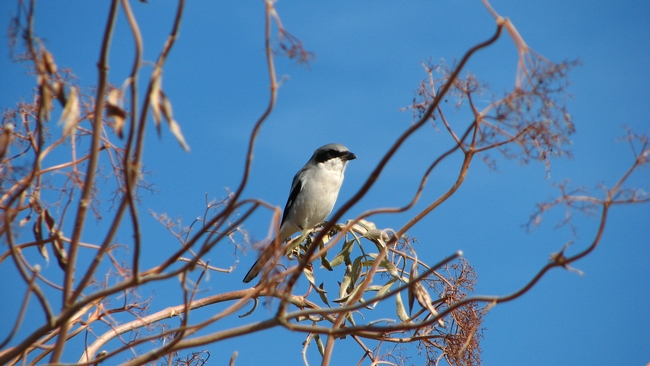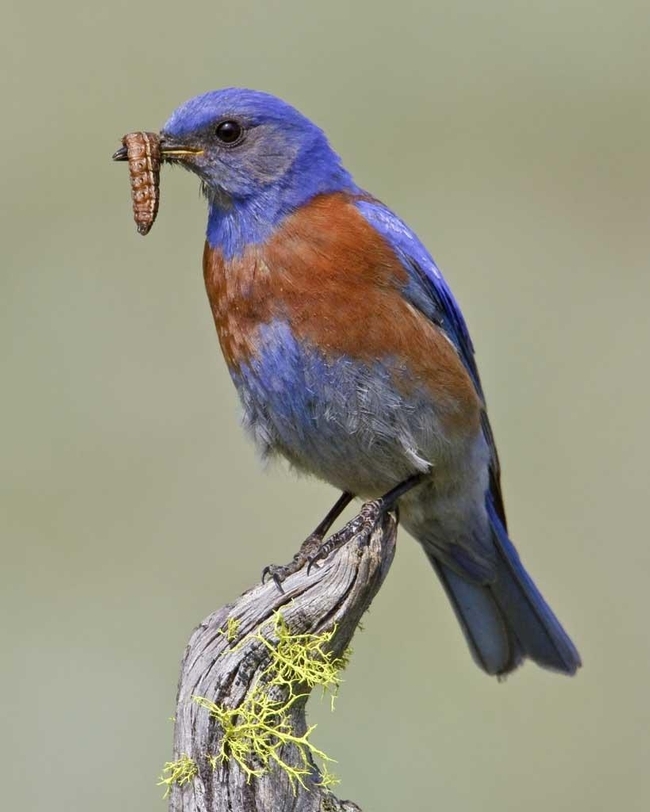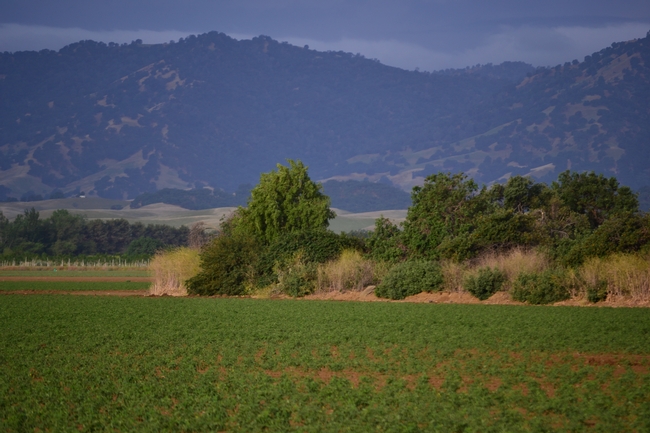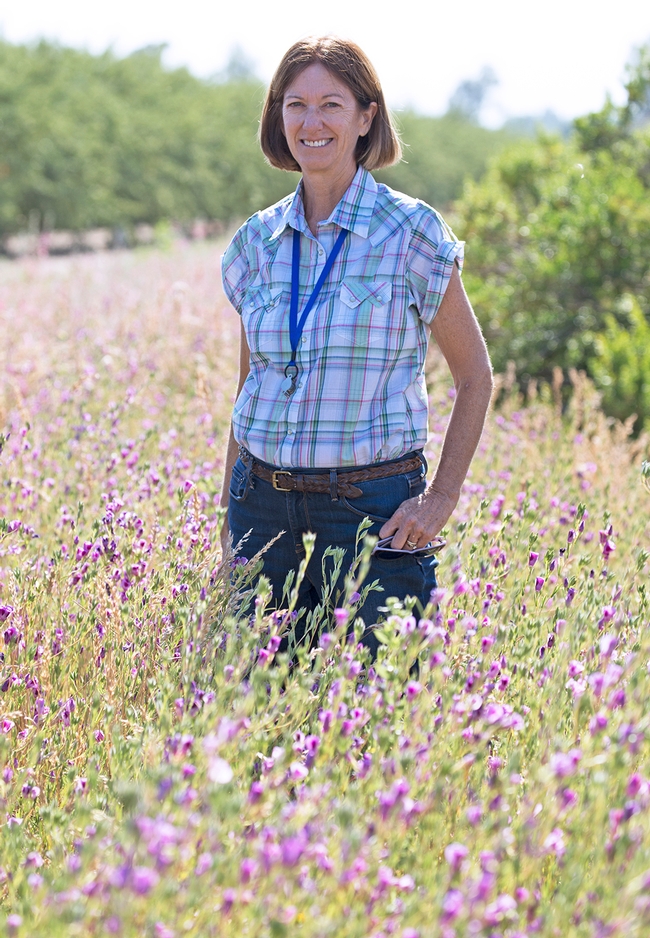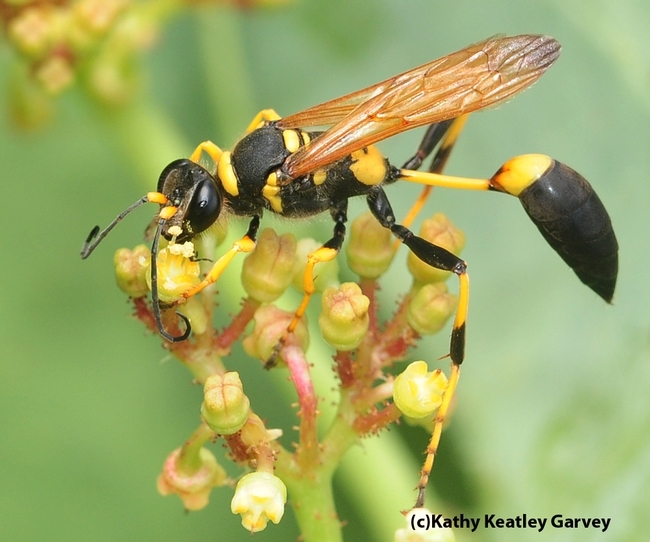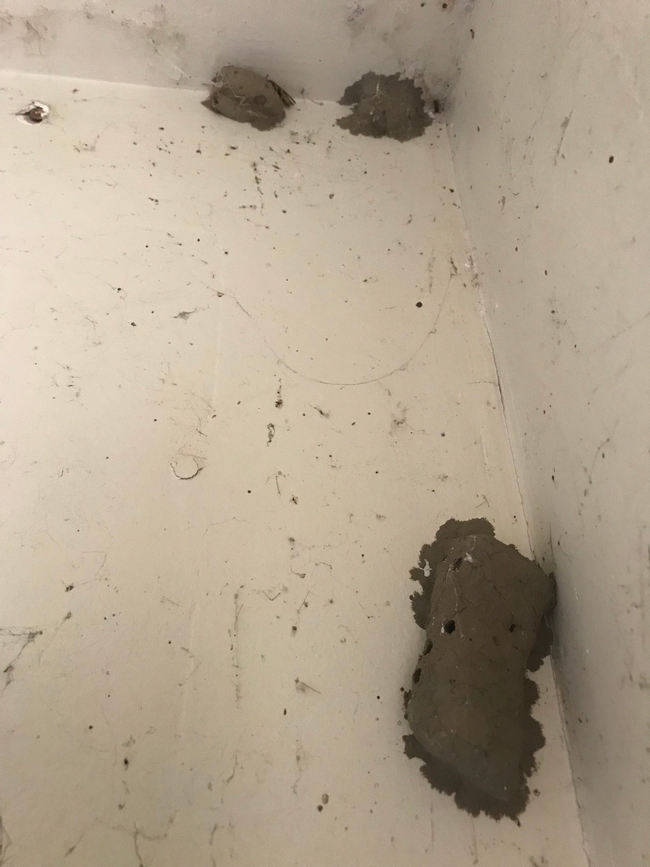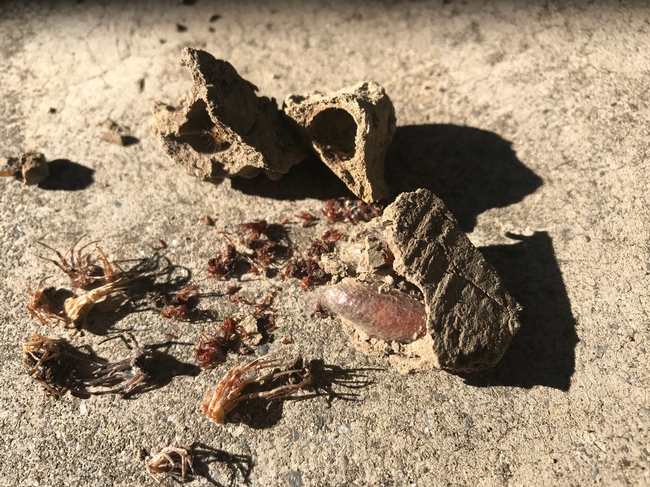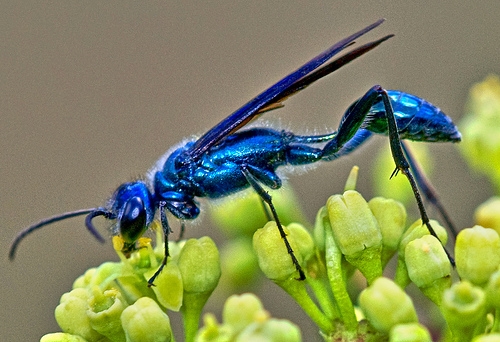Posts Tagged: Rachael Long
Empty store shelves are not a sign of impending disaster
Panic-buying groceries and hoarding food in homes is impacting the U.S. supply chain and putting a strain on low-income families who don't have the financial ability to spend hundreds of dollars on groceries at once, reported Ganda Suthivarakom in the New York Times.
“That is probably about half of us, especially during this time when many of us are not working or can't work, with limited incomes or no incomes coming in,” said Lorrene Ritchie, director of the UC Agriculture and Natural Resources' Nutrition Policy Institute. “The last thing a family in that situation can do is go out and spend $500 on groceries.”
The Times article suggests consumers think about others when they shop, use food they already have in their freezers and pantries, and help people who can't afford to stockpile.
“The food banks, your local food pantry, are experiencing shortages of people to work and put packages of food together. Often that can happen in a safe way with social distancing,” Ritchie said.
If some grocery store shelves are empty, it doesn't mean the U.S. food supply is endangered, reported Ezra David Romero on the Capitol Public Radio website.
“Agriculture is resilient to shocks,” said Dan Sumner, director of the UC Agricultural Issues Center, a UC ANR program. “Consumers can be confident that the food is safe and plentiful. That doesn't mean every product is going to be there all the time.”
But as the pandemic lingers, some products could be harder to find if they're from a part of the world hard hit by COVID-19, Sumner said. As demand is down for certain goods, it could mean “somewhat lower prices. But I expect it will be relatively modest for food. What I mean by that is we're going to continue to eat.”
The article recommends against hoarding and assures that there will be a sufficient supply of food in stores and restaurants.
“You don't need to over buy; it's important to know that our supply chain is safe and plentiful,” said Ron Fong, with the California Grocers Association.
Romero also spoke with UC Cooperative Extension field crops and pest management advisor Rachael Long. She said it's fairly easy for farmers and workers to follow social distance rules, in part because of mechanization.
“You've got a ton of equipment, so it's not like there's a ton of people out there working together on growing the crops,” Long said. “You've got tractors and cultivators that are doing a lot of this work right now.”
How to attract bug-eating birds to farms
Hedgerows bordering farmland – plantings with native trees, shrubs, bunch grasses and wildflowers – support bug-eating birds, which helps with on-farm pest control, according to research by recent UC Davis graduate Sacha Heath and UC Cooperative Extension advisor Rachael Long. The study was published in the October 2019 issue of the online journal Ecosphere.
The authors glued codling moth cocoons to walnut tree trunks and covered some with cages that exclude birds to test the effect that bird predation has on controlling moth pests. If moths emerge from cocoons, they produce larvae that feed on the nuts the following spring, causing significant and costly damage to the crop.
“Permitting bird access to cocoons during the wintertime increased codling moth predation from 11% to 46%, and predation increased with an increasing amount of natural habitat within 500 meters (one-third mile) of the orchard,” the researchers wrote.
Long was not surprised by the finding. She often walks in her family's almond orchard, where a large hedgerow of native California plants grows on the field edge.
“When I walk past the hedgerow,” she said, “I hear birds singing. I see white-crowned sparrows, goldfinches and mocking birds. It's so alive. It's really important to provide habitat to ensure birds have a place to live on farms.”
Songbirds are voracious predators of bugs, including aphids, whitefly, scale, caterpillars, ants and earwigs, especially early in the season when they are feeding baby birds.
Heath said they were surprised to find that the walnut orchards also provided habitat for birds. Woodpeckers and codling moth reduction were highest in orchards where big, old walnut trees were retained.
Currently, 34% of earth's arable land is managed for agriculture. With the human population projected to reach nearly 11 billion by 2100, increased food demand will require increased agricultural area and intensity that will further diminish birds' natural habitat. Providing habitat along field crop borders benefits songbirds, which in turn helps farmers with natural pest control on farms.
Above, a Nuttall's woodpecker eats an experimental codling moth (Cydia pomonella) larvae in a California walnut orchard. (Video: Sacha Heath)
Birds' suffer a reputation as agricultural pests. But Long said that planting hedgerows along field edges won't attract more pest birds.
“Birds like crows, that can damage crops like walnuts, are not cuing in on hedgerows, they're cuing in on the crops,” Long said.
Heath added, “Insect-eating birds – like chickadees, nuthatches and woodpeckers – move along hedges, riparian streams, old oak trees, and among crops to feed on pests.”
Maintaining hedgerows of native plants on farms has the side benefit of attracting natural enemies and native bees for better pest control and pollination in adjacent crops.
Long is a technical advisor to the Wild Farm Alliance, which, with Heath and Sara Kross, recently published a book on birds' role in pest management. The book, Supporting Beneficial Birds and Managing Pest Birds, is available for free download from the alliance's website. A recording of a webinar on the same topic can be viewed at eOrganic.
Heath is now a biodiversity post-doctoral fellow at the Living Earth Collaborative in Missouri.
Read more about Long and Heath's research on bird control of codling moth.
Read the research report in the journal Ecosphere.
Read about habitat for attracting natural enemies for pest control.
UCCE advisor Rachael Long receives prestigious award
Rachael Long, UC Cooperative Extension advisor covering integrated pest management for field crops in Yolo, Solano and Sacramento counties, is the recipient of the 2019 Bradford Rominger Agricultural Sustainability Leadership Award.
Long will receive the award at a presentation at 4:30 p.m. May 28 in the Alpha Gamma Rho Hall (AGR) room of the Walter A. Buehler Alumni Center. A reception begins at 4.
The award, established in 2008, honors individuals who have a broad understanding of agricultural systems and the environment, takes the long view, and aims high to make a difference in the world. Awardees exhibit the leadership, work ethic and integrity epitomized by the late Eric Bradford, a livestock geneticist who served UC Davis for 50 years, and the late Charlie Rominger, a fifth-generation Yolo County farmer and land preservationist.
The award presentation prefaces the Agricultural Sustainability Institute's Distinguished Speakers' Seminar, “Building a Better World, the Opportunity to Achieve Climate Drawdown and a Safe Future" by environmental scientist Jonathan Foley, executive director of Drawdown. Foley, ranked by Thomas Reuters as among the top 1 percent of the most cited global scientists, will address the audience from 5 to 6 p.m.
Long received her bachelor's degree in biology from UC Berkeley and her master's degree in entomology from UC Davis. She was hired as one of the first sustainable agriculture advisors with UCCE in 1992, with a charge to, “Develop, evaluate, and implement nonchemical approaches to pest management in field crop production that maintains environmental and economic viability of agriculture."
During her career with UCCE, Rachael was a pioneer in developing practices to protect water quality from agricultural crop production, helping farmers meet state mandates for clean surface water. She worked on hedgerows, documenting that field edge plantings of native California plants attract beneficial insects, including bees and natural enemies, for better pest control and pollination in adjacent crops. She documented that birds and bats are farmer allies; they help control codling moth pests in walnut orchards. She's promoted hawks and barn owls for control of rodent pests. She has also written numerous publications focusing on agronomic practices for managing pest, weeds, and diseases in field crop production.
At the time she started her research projects over 25 years ago, her ideas were way outside the box and on the fringe. Now her work is mainstream with the UC IPM guidelines incorporating the value of habitat planting for enhancing natural enemies and pollinators on farms for better pollination and biocontrol of crop pests. The California Healthy Soils Initiative and Natural Resource Conservation Service have cost share funding for hedgerow establishment on farms, for pest management and carbon sequestration. She continues to do research on hedgerows, but more importantly, she strives to be a leader by teaching others about agriculture and the need to have co-existence between farming, food production, and wildlife conservation for a better world for all. Her work is documented in many peer-reviewed publications, UC ANR blogs, cost studies and crop production manuals.
“I'm honored to receive this award, especially in recognition of two extraordinary people, Charlie and Eric," Long said. "I owe thanks to so many people who helped in this journey and feel lucky to work in a community that is open to new ideas. I'm especially grateful to farmers in the Sacramento Valley who allowed me to work on their farms. I couldn't have done all this work without their support.”
Birds are beneficial too!
Across the globe, scientists have shown that birds can be farmer allies. Insectivorous birds feed on damaging insect pests in many crops including coffee, cacao, oil palm, corn, cabbage and apples. Raptors, including hawks and barn owls, feed on rodents, including gophers, voles and mice (see blog, Barn owls help clean up rodents naturally).
Despite this deep historic knowledge that birds are important predators of crop pests, over time the perception of birds as natural enemies of pests has been generally replaced with the idea that birds are often major crop pests themselves. Indeed, some bird species — like some types of insects — can cause trouble for farmers, but many others — especially those that eat insects and rodents — can be beneficial.
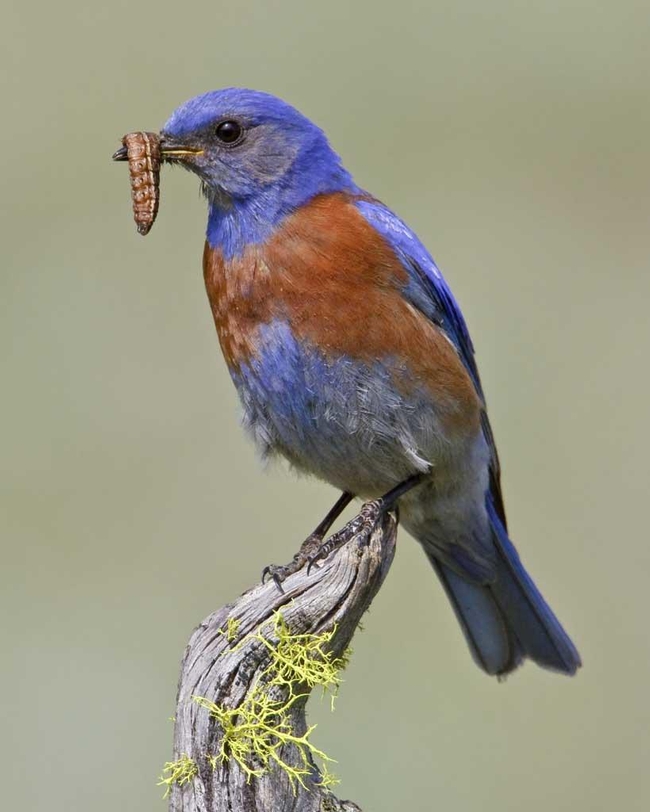
Do birds control insect pests on farms in California's Central Valley?
They do! Recent studies by Dr. Sacha Heath, UC Davis, and Rachael Long, field crops and pest management advisor, UC Cooperative Extension, showed that birds help control insect pests in walnut orchards. Dr. Sara Kross (UC Davis postdoctoral alumnus, now with Columbia University) showed that birds help control alfalfa insect pests.
Birds are voracious predators of codling moth pests in walnuts
Codling moth is a major worm-like pest that infests walnuts, apples and pears. The larvae go dormant during winter, living in cocoons in crevices in trees. Adult moths emerge in the spring, lay eggs and infest crops.
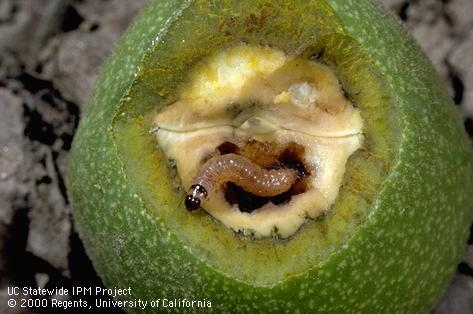
We evaluated bird predation of codling moth using “sentinel prey” and exclosure cages. We glued codling moth cocoons to walnut trunks and covered them with cages, allowing insects and spiders to access the cocoons, but not bird predators. This allowed us to count how many larvae were eaten inside and outside of the cages to estimate pest reduction by birds.
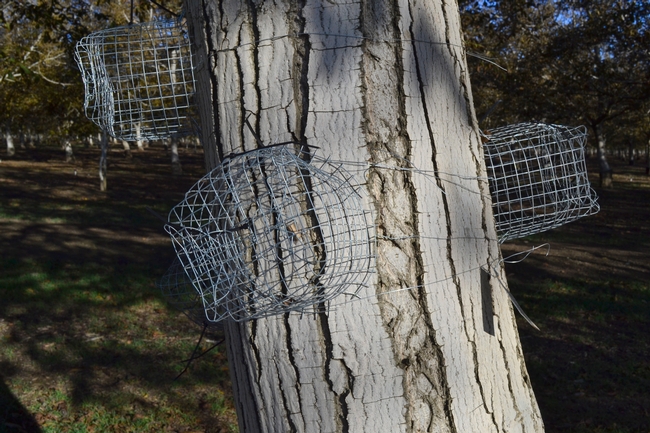
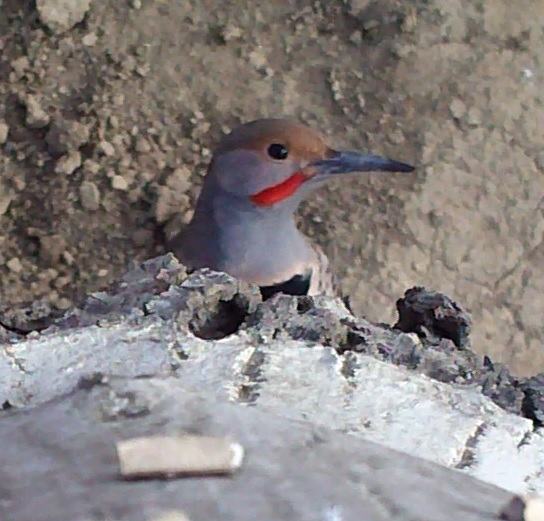
What did we find?
Natural enemies, like parasitic wasps and lacewings, alone reduced codling moth larval numbers by 11%; adding birds into the pest control system reduced them by 46%! Nuttall's woodpeckers and white-breasted nuthatches did a lot of the work; these birds travel up and down the trunks of trees, searching for insects.
Above, a white-breasted nuthatch preys on a codling moth larva “sentinel cocoon” on a walnut tree. Video by Sacha Heath.
Alfalfa weevils are no match for insectivorous birds
Alfalfa weevils are key pests of alfalfa, reducing yields and hay quality if left uncontrolled. Dr. Sara Kross looked at bird predation of this pest by excluding birds from alfalfa plants via cages, and counting the number of weevils inside and outside the cages. She found that birds reduced the number of weevils by more than 30%, showing their importance in helping to protect alfalfa from this serious pest.
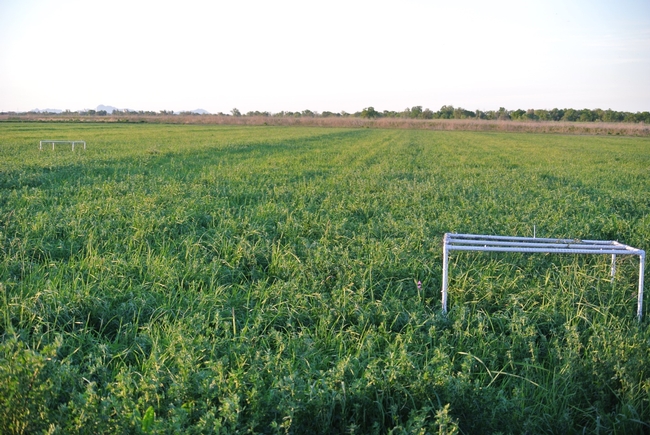
Does field edge habitat, like hedgerows, help attract beneficial birds?
Yes! Hedgerows are important habitat for beneficial birds, serving as nesting, foraging and roosting sites. In a study in the Sacramento Valley, crop margins with hedgerows, tree lines and riparian buffers harbored up to six times more birds and up to three times more bird species than bare or weedy margins.
Walnut orchards adjacent to hedgerows and riparian areas had higher numbers of beneficial birds along with more species. In alfalfa, there were more beneficial birds in fields when at least two tall trees were present along the field edges. More beneficial birds were associated with better pest control, that is, fewer codling moth cocoons and alfalfa weevils.
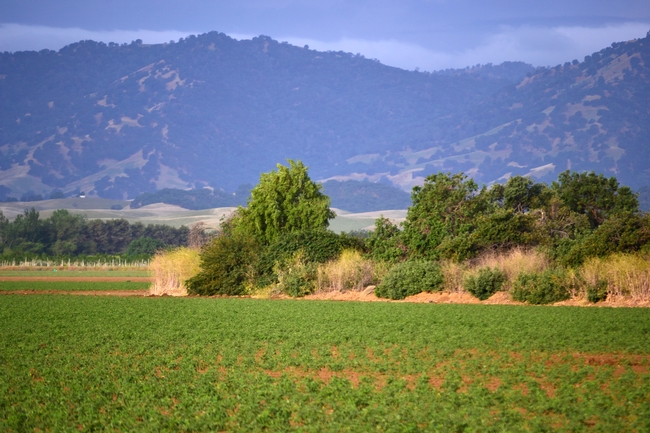
Birds have large territories, fly long distances, and are influenced by what happens on the farm as well as by what happens in the landscape around the farm. For example, we found that codling moth predation by birds greatly increased in walnut orchards as the amount of habitat in the landscape around the orchards increased (including hedgerows, tree lines, riparian and oak woodlands, and grasslands).
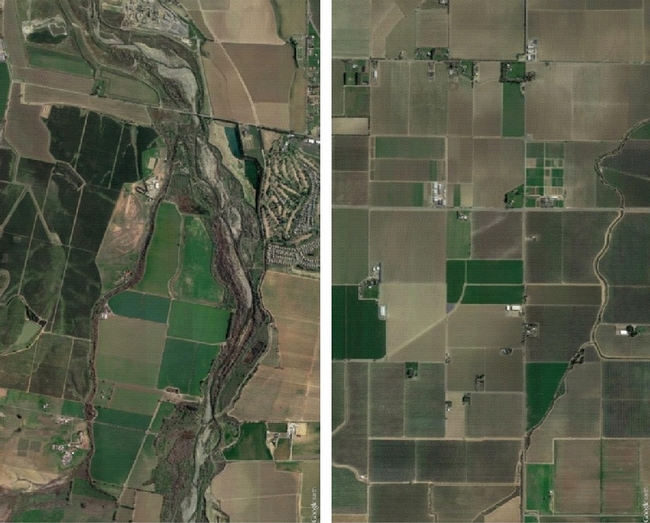
Will hedgerows increase the numbers of pest birds?
Pest birds are present on farms regardless of field edge habitat (such as weedy vegetation or hedgerows). Cases will be different, depending on the crop, but in the fields and orchards of Yolo County, researcher Hillary White (formerly with UCCE and now with U.S. Fish and Wildlife) found that three of the most common avian crop pests (American crow, red-winged blackbird and Brewer's blackbird), were up to 10 times more abundant in agricultural fields with bare or weedy margins than in fields with hedgerows.
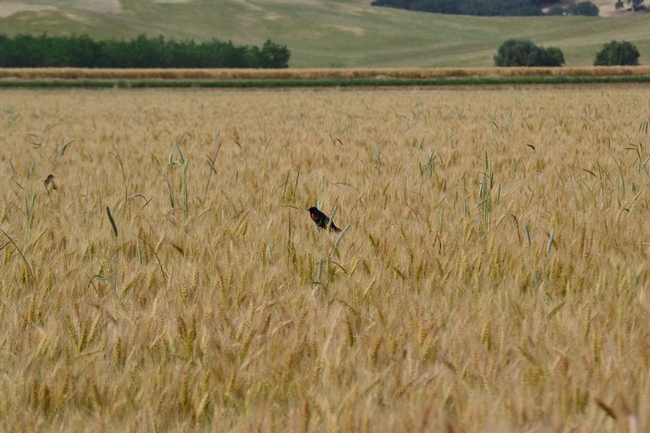
What can I do to attract beneficial birds to my farm?
Our avian research team has been quantifying the conditions under which birds are helpful or harmful to growers. We are looking for ways to help farmers create bird habitat on their farms to harness the beneficial pest control services birds can provide, while also protecting crops from the damaging effects of some bird species. This information is available in the new publication “Supporting Beneficial Birds and Managing Pest Birds,” co-authored by the Wild Farm Alliance and Drs. Kross and Heath, and technically advised by UC Cooperative Extension and several farmers. This is a user-friendly guide for farmers and conservation practitioners, with the goal of co-managing farmlands for biodiversity and farming.
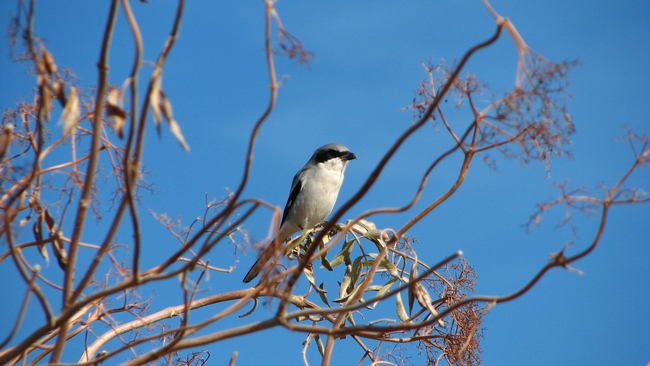
Dr. Sacha Heath received her PhD from UC Davis's Graduate Group in Ecology and will soon be starting a postdoctoral fellowship with the Living Earth Collaborative in St. Louis, Missouri.
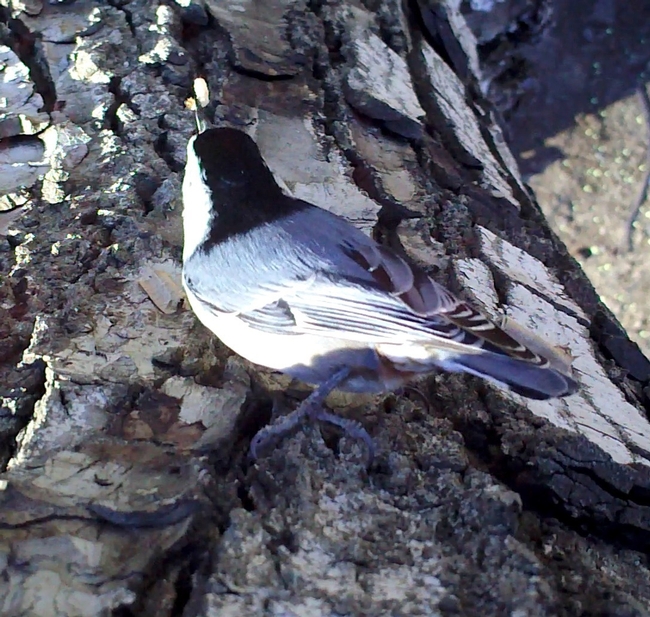
A white-breasted nuthatch preys on a codling moth larva “sentinel cocoon” on a walnut tree. (Video still: Sacha Heath)
Why mud daubers are on spider patrol
UC Cooperative Extension advisors are on the front line and get the most interesting questions from our community. Someone brought some wasps into our office, and was worried they were invading her home, and wondered how to get rid of them. They were identified by the UC Davis Entomology Museum as black and yellow solitary mud dauber wasps, which are natural predators of spiders, and hence beneficial! Before you reach for that can of insecticide or heaven forbid, a blow torch to control spiders, talk to a UCCE advisor or Master Gardener in your county and read this blog for more information on managing them.
Here's all you need to know about mud daubers and spider control
That mud you track into your house is nothing compared to what mud daubers can do — and what they do to spiders. Female mud daubers, or wasps, build mud nests for their young — and provision them with spiders.
Where are the nests and what do they look like?
Female mud daubers, the architects, build those characteristic rectangular mud nests in protected areas of our homes, shops and garages, such as along eaves, walls or ceilings. Mud daubers are black and yellow solitary wasps (Sceliphron caementarium) that hunt spiders for their young. Another wasp, the blue mud wasp, reuses the black and yellow mud dauber wasp nests and primarily preys on black widow spiders.
Do mud daubers sting or bite?
Mud daubers do not aggressively protect their nests. Unlike hornets and other social wasps, they are generally docile and rarely sting.
Are mud daubers dangerous?
No, mud daubers are harmless and actually beneficial. They prey on spiders, including black widows, a favorite prey. They pack each cell with up to 25 to 30 spiders for their young. With about 15 to 20 cells per nest, that's over 500 spiders eaten. This is good news, especially for those of us who fear black widow spiders. True, mud daubers can be a nuisance, as their mud nests look messy, but they are generally peaceful.
How do they make their nests?
Females construct their nests by gathering globs of mud in their mandibles (jaws) from a nearby source of wet dirt. They carry the mud to a protected nest site, where they construct a cell. Then they begin hunting for spiders to provision the cell for their young, and lay a single egg inside. When they capture a spider, they sting it, permanently paralyzing it. This preserves the spider until their larvae are ready to eat it. When the cell is full of spiders, the female mud dauber caps it with more mud and builds another cell next to it. After the egg hatches and the food gone, she pupates. When an adult emerges, it opens the cap, leaving holes behind in the nest for the next cycle.
Mud daubers have a low reproductive rate, with about 15 to 20 eggs per female. Adults are active during the day during spring and summer with multiple generations per year. Queens overwinter in the cells in the larval stage. Adults sip nectar from flowers, where the male mud daubers are often found. Mud dauber wasps have good vision and use landmarks to locate nests and hunt spiders. They prefer protected areas where there are plenty of spiders. Sometimes you might see them going in and out of your house vents, hunting for spiders in your basement or attic.
How do mud daubers avoid being eaten by spiders?
Some are able to land on webs without getting entangled, and pluck the web to simulate an insect in distress. When the spider rushes to capture its prey, it becomes a victim of the wasp's paralyzing sting. The wasp then carries it back to her mud nest.
How do you get rid of mud dauber nests?
Although mud daubers are considered beneficial, you can remove the nests by scraping them off with a paint scraper or a knife into a dust pan, and then tossing them or moving them somewhere else where you don't mind their activity. The best time to remove the nests is in the late evenings when wasps are not active, or during the wintertime when they are dormant.
Do I have to worry about getting stung by a wasp or bit by a spider during nest removal?
No, the spiders are paralyzed and the wasps are not aggressive. Mud daubers can sting, but only if directly handled or if they accidentally snag in your clothing.
What's the best way to get rid of spiders?
Overall, spiders are beneficial because they're predators and feed on pests like flies. Most spiders cannot harm people. Those that might injure people — for example, black widows — generally spend most of their time hidden under furniture or boxes, or in woodpiles, corners or crevices. The spiders that we commonly see out in the open during the day are not aggressive toward people. The brown recluse spider has occasionally been brought into California in household furnishings, and other items, but it does not reside here. Spiders enter houses and other structures through cracks and are also carried inside on plants, firewood and boxes.
According to the UC IPM Spider Management Guidelines, the best approach for controlling spiders in and around your home is to remove hiding spots for secretive spiders such as black widows, and regularly brush or vacuum webs from windows, corners of rooms, storage areas, basements and other seldom used areas. This is effective because their soft bodies generally cannot survive this process. If you see a dust-covered web indoors, it's no doubt an old web that a spider is no longer using.
Why should one protect mud dauber nests?
Because mud daubers eat spiders, especially the cryptic black widows. In the process of cleaning spiders and webs, be sure to try protect those mud nests, because mud daubers naturally help control spiders in and around your home.



